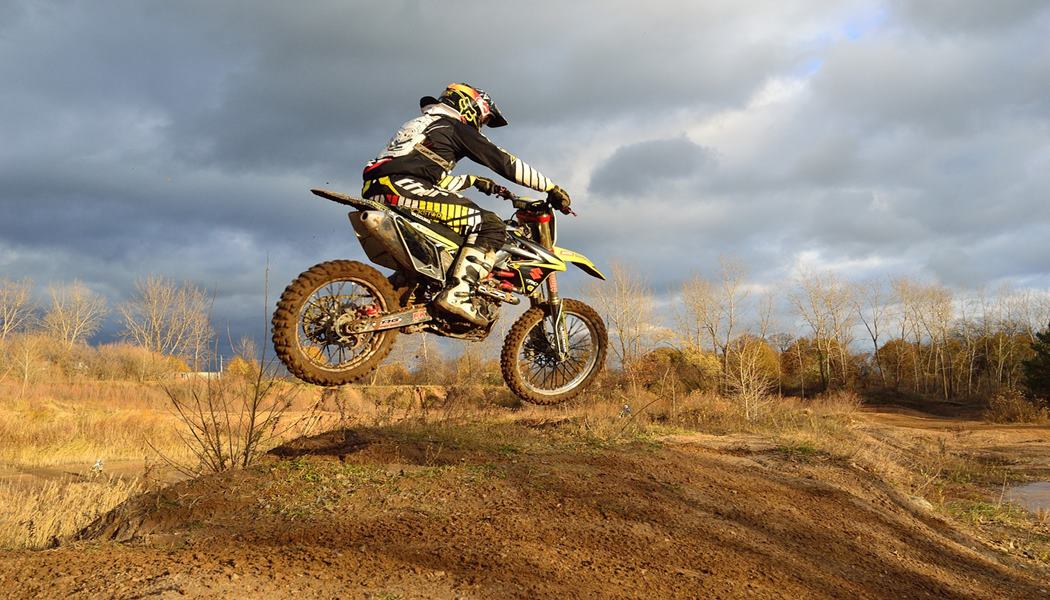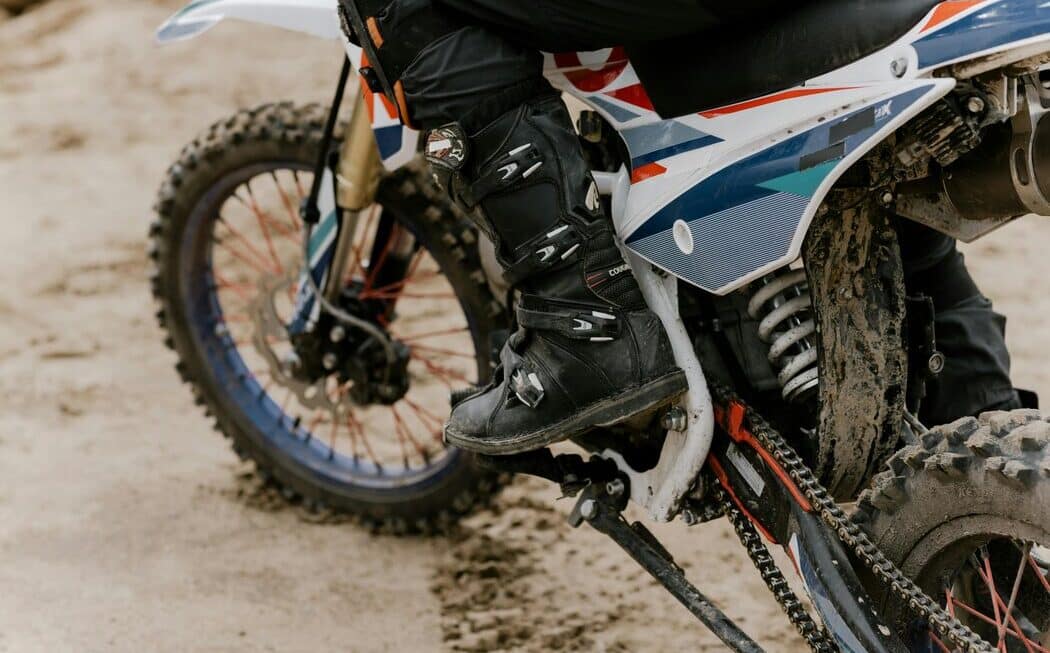One of the essential parts of any dirt bike is suspension. The key to achieving that balance is choosing the proper suspension settings. When you’re new to dirt bikes, adjusting the suspension can be a complicated process. Modern bikes, particularly those with complex clickers and knobs, might be daunting. Your dirt bike’s adjustable suspension design to be modified easily, and you can do it. Let’s learn how to adjust dirt bike suspension to your weight?
Suspension is more complicated than chain tension or Tyre pressure. Still, with this guide and a few simple tools, you’ll be capable of handling all the necessities, including setting your sag, changing preload, rebound, and compression, and learning the basics of your dirt bike’s suspension. Suspension adjustments at a shop are inconvenient and costly. There’s no reason why you shouldn’t do it for free.
Effect of adjustment on Performance
If you ever feel like your bike goes out of hand, or if you want, it could be more controlled at specific points on your favorite trail or even more wild and unrestrained, you can make it happen. If you follow this instruction the first time, you’ll soon be able to make adjustments without even thinking about it. It would help if you were comfortable working on vital sections of your bike and confident with a wrench. If you make a mistake here, the cycle will lose control more efficiently, leading to an accident.
Tools Required
You shouldn’t require special equipment in general. Although a shock wrench would be helpful, a hammer and punch would generally suffice. A crescent wrench and screwdrivers are also beneficial in adjusting dirt bike suspension. Finally, a good penetrant such as PB Blaster will aid in the motivation of sticky portions.
Suspension Adjustment types
There are three essential elements to consider when it comes to dirt bike suspension:
- Sag
It is the essential factor in making your dirt bike feel right. Rider sag is how far the suspension bends with a rider on board, while free sag is how far the bike hunches down by its weight. Changing the sag affects your ride height and suspension suppleness. Adjusting the spring preload changes the sag.
- Preload
Preload refers to the amount of stress on the spring at all times. Because the spring always seeks to expand, more preload leads to more rigid suspension. Less preload naturally results in a softer ride. If you go too far in either direction, your dirt bike will handle like a cheap go-kart.
- Damping
Damping affects how quickly the forks and shocks respond to the riding surface and keeps the springs in check. A slower surprise is best for rolling hills, while a fast shock is preferable for rugged terrain. Low-speed and high-speed damping are the terms used to describe these two types of damping.
Compression and rebound combine to provide damping. Reduction determines how rapidly the spring compresses, while rebound determines how quickly it expands. If you don’t notice the letters C and R next to arrows on your shock and forks, likely, these settings aren’t adjustable on your hardware.
Adjustment of Rear Suspension
Measure the sag of the rider first. Place your bike in a center position and measure a perfect line from the rear fender or mudguard to the center of the axle nut with a tape measure. Then put on your complete riding outfit, remove the bike from the stand, and stand on the pegs.
Bouncing a few times to break up any stiction, then have a partner measure the distance once more. Look for a value between 95mm and 115mm, or roughly 33% of the total allowable travel of the rear end. Losen the lock ring and adjust the spring preload ring using a hammer and punch to reduce the sag.
- Preload increases by rotating clockwise and vice versa.
- Less sag means more preload and vice versa.
- Each complete turn reduces sag by approximately 3mm.
Repeat the measuring, sitting, and measuring routine until the desired sag fix. Measure the same line when the bike is sitting alone, off the stand, to determine free sag. To ensure you have the correct spring rate, look for a value between 25mm and 45mm. A figure near 25mm indicates that a stiffer spring is required; a figure near or above 45mm indicates that a softer spring is needed.
If the body weight is on the extremes of usual, you may require a different spring. If the shock’s preload needs to be tuned to either extreme to get the correct sag, or if it’s tuned out and the sag still isn’t correct, you’ll need a new spring.
Conclusion
One of the most natural techniques you can use to make your dirt bike riding more memorable is to adjust your suspension according to your weight. If you do it incorrectly, it might also be the worst experience you have ever had. So, after following the above guide, you can easily adjust dirt bike suspension according to your weight.
Explore More 1. Dirt Bike Size Chart 2. How To Wheelie A Dirt Bike? 3. How To Kick Start Dirt Bike? Complete Guide 4. How Old Do You Have To Be To Ride A Dirt Bike? Must Know

